Report: Obama EV Goal Only Half-Way Achievable
The Center for Automotive Research claims that its latest study [full document in PDF here] is not a forecast of EV sales, but rather “focuses on the expected deployment by states.” Still, by using hybrid vehicle sales to determine deployment patterns, and using a national estimate of electric vehicle market share annually (note: “the national estimates used in this paper do not constitute a CAR forecast and only reflect projections that were available at the time of this study”), the study finds that only 496,000 plug-in vehicles will be on the road by 2015, by which time the Obama Administration hopes to have a million EVs on the road. Still, the report envisions annual sales of plug-in vehicles as growing rapidly, from 77k units in 2012 to 140k annual units by 2015… a number that casts some serious doubt on the Administration’s recent (dubious) estimate that 1.2m vehicles will have been produced for the US market by 2015 (and not for the first time).
Speaking of which, how did CAR come up with its “non-forecast” of fewer than a half-million plug-in vehicles sold by 2015? Surely it was more thoughtful than the government’s simple re-printing of manufacturer production claims?
If one believes the company announcements, production of electric vehicles will experience a relatively steep ramp up over the next few years. Some previous company sales forecasts are optimistic and can be balanced out with a more conservative third- party forecast. IHS Global Insight and JD Power and Associates have created forecasts of electric vehicle sales in the U.S. The IHS sales forecasts for specific vehicle models included Chevrolet Volt, Nissan LEAF, Tesla Roadster and Model S, and Fisker Karma electric vehicles. These model forecasts were aggregated to create a sales forecast for some of these early entrants.41 The Ford Focus Electric was not included in this aggregate forecast, because IHS does not differentiate between models of different powertrains that share the same nameplate. J.D. Power has created a forecast specifically for electric vehicles through 2020, however, that forecast excludes the Chevrolet Volt as it was considered a plug-in hybrid for the organization‘s purposes. For the purposes of this study, however, the J.D. Power forecast was modified to include the Volt in the electric vehicle forecast.
Of course, the report hedges fairly significantly, as lead researcher Kim Hill explains:
The study finds that many factors could affect deployment and annual market share. The estimated number of vehicles on the road in this time period could be pushed higher through an increased level of consumer acceptance, fleet purchases, new entrants into the market, and most importantly, through incentive programs at the federal, state and local levels, such as an expansion of EV-ready cities and regions, and consumer incentives.
But don’t worry EV manufacturers! Because the government has put political capital at stake in its EV goal, any projection of failure will simply draw more aggressive subsidies. Still, it would be nice to see someone in the White House at least acknowledge what the independent reports seem to be indicating, namely that one million plug-in sales by 2015 is going to be a tall order.
More by Edward Niedermeyer
Latest Car Reviews
Read moreLatest Product Reviews
Read moreRecent Comments
- Dale Quelle surprise.
- 3SpeedAutomatic Nice looking, but IIRC, there was an issue with these engines where a knock would develop. That may account for the very low milage. 🚗🚗🚗
- Redapple2 Used to watch F 1 a great deal. Now? F1 Random thoughts:1 Silly rules bug me. Must use 2 types of tire. Cant refuel. Drag reduction can only be used in certain areas of the track and only if you are so close to the car in front.2 Passing is rare. Pole sitter wins a high % of the time.3 A new team can only start in F1 if they get the blessing of the overlords. Evil gm Vampire was barred. How about this. Anybody with a car that meets the construction rules can try. If your speed qualifies and you pay the entry fee. You re in. So is anybody else. 4 I tune in for Martin Brundle's grid walk. In my life, it s must see tv. But he is often bumped or cancelled. Grid walk takes place 1 out of 3 or 4 races.5 So, because of this utter bull sheet and other points, I ve migrated to IMSA and MotoGP. I might catch a summary on the youtube.
- Redapple2 I retract my comments and apologize.
- Flashindapan I always thought these look nice. I was working at a Land Rover dealership at the time the LR3 came out and we were all impressed how much better it was then the Discovery in just about every measurable way.
















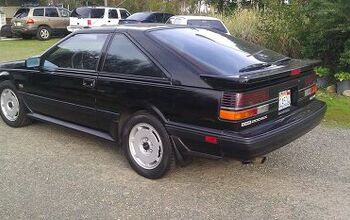
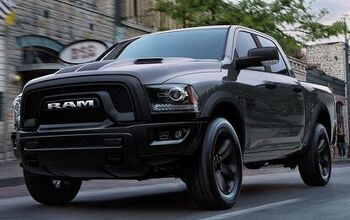
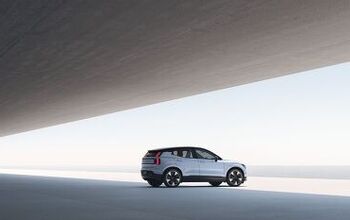
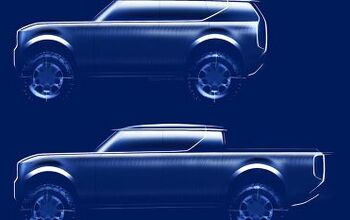
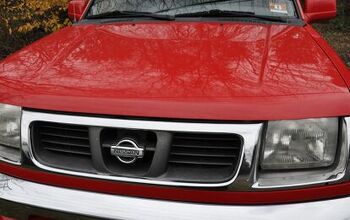


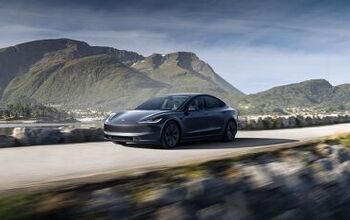
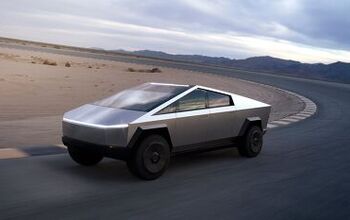
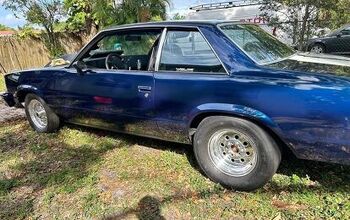

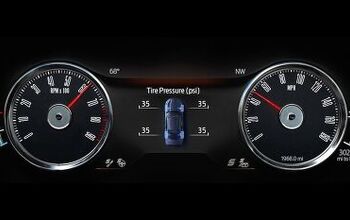


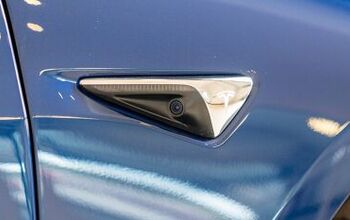

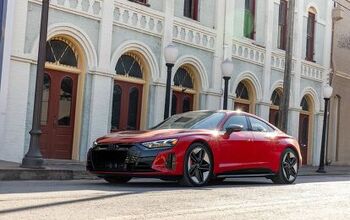
Comments
Join the conversation
Electric VEHICLES -- I'm sure that commercial interests (FedEx, as an example, who's CEO is bullish on EV's for local deliveries), will make up a part of the "million" number. But, hey, keep poking at the Prez - it will keep him focused.
Political needs are not tethered to reality, but in spite of, reality. We could get to the Moon because it was an engineering possibility. All the knowledge was there. As early as 1935 we knew enough about rockets to make the kind of calculations necessary to do it. What Obama is proposing isn't dependant soley on engineering. All the knowledge is already here. What he is proposing forces an complete change on how we live daily. When we see dozens of stranded electric vehicles in snowstorms, or have the first death caused by battery failure when a gasoline powered vehicle would have prevented the death - electric cars will go the way of Barack Obama himself. Right next to Jimmy Carter. They can be bookends for a bookshelf filled with books they wrote about themselves.